Sardinia is the second largest island in the Mediterranean sea, inhabited since Paleolithic times. Located off the West coast of the Italian peninsula, Sardinia is predominantly a mountainous territory, rich in flora and fauna. Its coastline is known for some of the best beaches in the world, provided with snow-white sand, on a similar level to The Caribbean. Sardinia has an extraordinary and unique history, which is deeply reflected in its food and wine making traditions. This magical island produces some of the best wines in Italy.
Our Choices from Sardinia
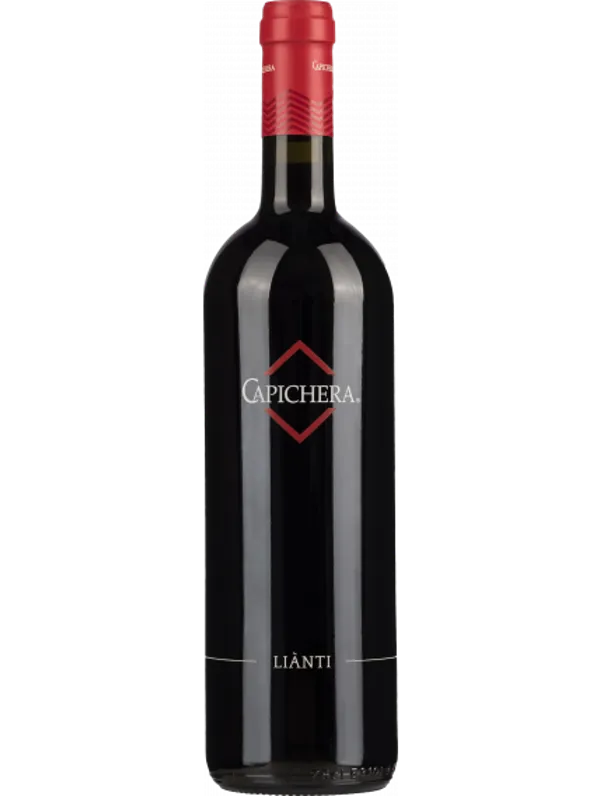
Capichera Lianti
Bold cherry and plum notes, balanced by ripe tannins and a spicy finish. Pairs with lamb. No decant; cellar for 7 years. A Capichera Sardinian classic.
Read more
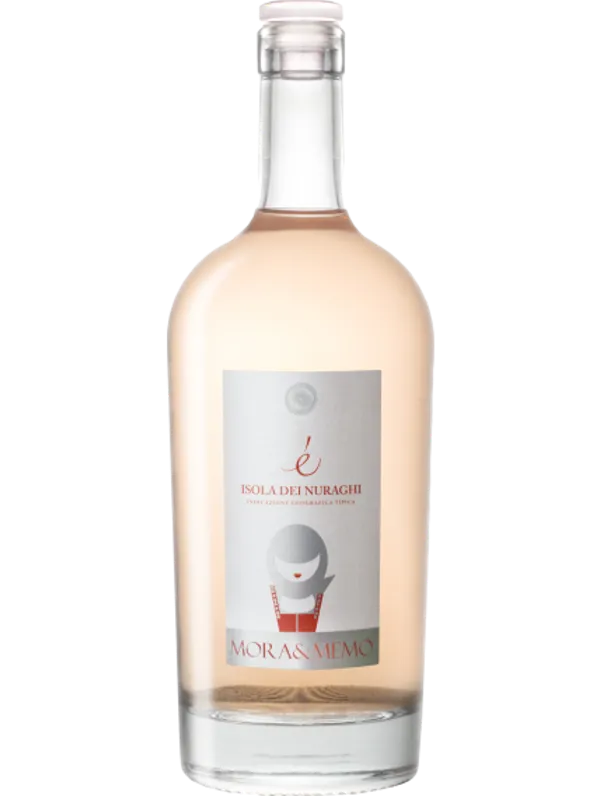
Mora & Memo E Rose Isola dei Nuraghi
Best consumed now or within four years. Sardinian roots, made of Cannonau and Vermentino. Stainless steel fermentation. Offers cherry, berry, and herb hints with a salty minerality. Crisp, pure finish.
Read more
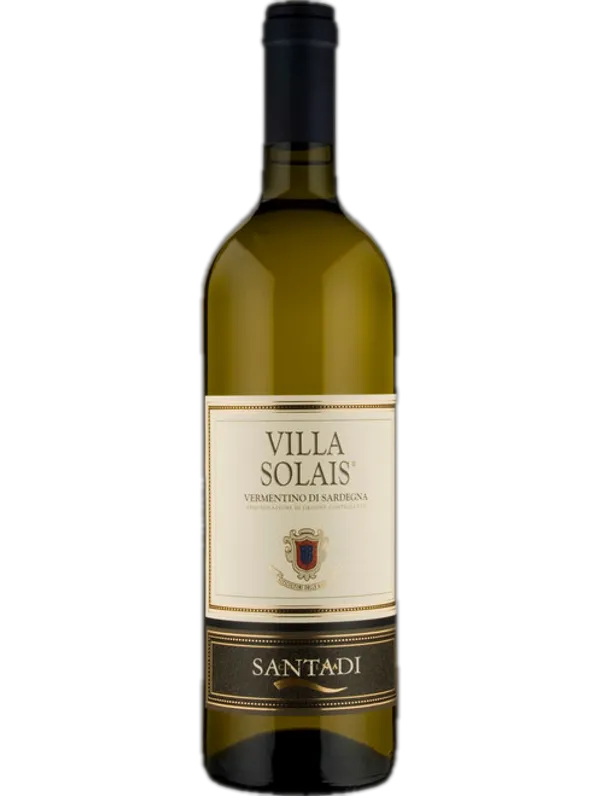
Vermentino di Sardegna, Villa Solais
Savor Sardinia's top white wine: a dry, golden elixir with aromatic herbal notes, a hint of almond, and a refreshing, well-balanced finish.
Read more
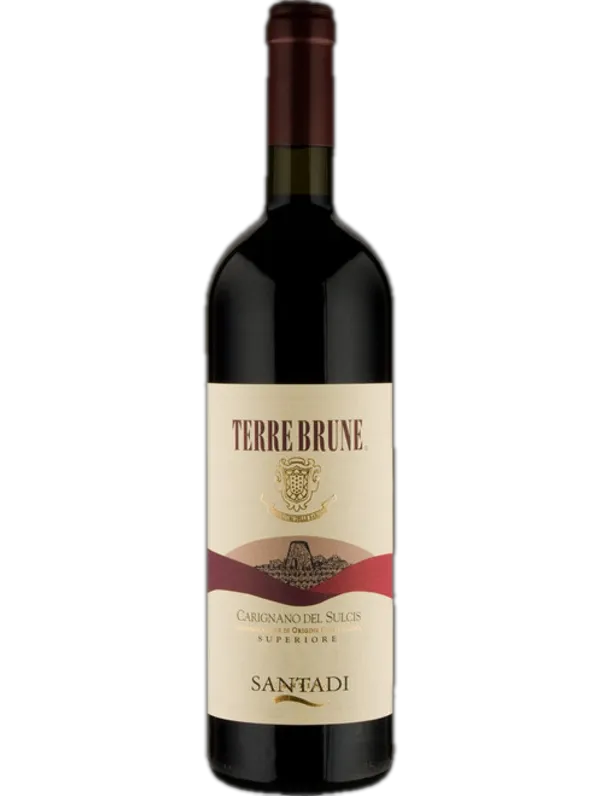
Terre Brune
A Sardinian gem made from old bush vines, Terre Brune boasts intense black fruit and spice, with velvety tannins and layered oak complexity.
Read more
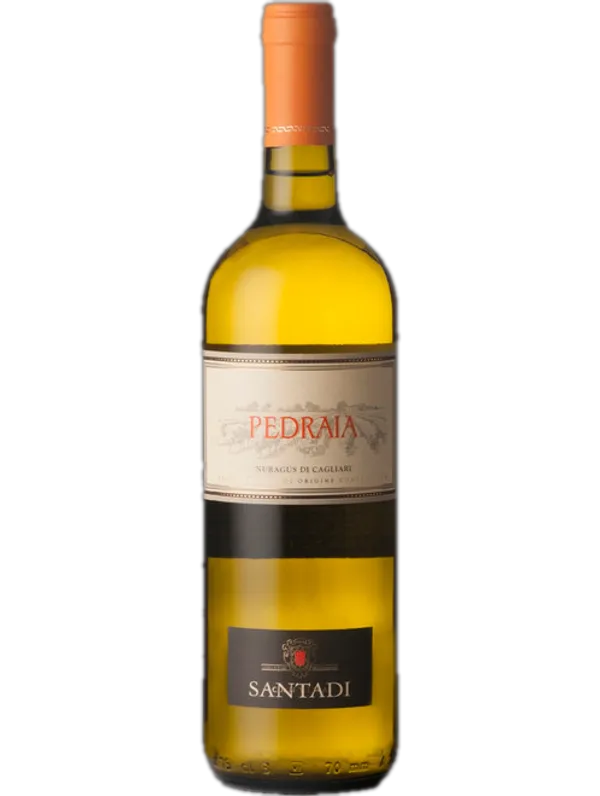
Pedraia Nuragus
Bright straw-yellow, this Nuragus offers an inviting aroma of yellow fruit and buttery undertones. The palate enjoys a round, textured delicacy.
Read more
Sardinia's key Wine Areas
Gallura
Gallura, in the northern part of Sardinia, has distinctive granite soils which are particularly suitable for white grape varieties. This area is where the most classic and representative Vermentino grape grows. In particular, Vermentino di Gallura is the only DOCG wine of Sardinia: here wonderful white wines are produced, provided with unique acidity and minerality, along with a distinctive almond aroma.
Oristano
This beautiful province is found on the Western coast of the island. It is home to one of the oldest wines of Sardinia, Vernaccia di Oristano. Its grapes are indigenous and grown in low floodplains. The vinification, maturation and refinement of the wine follow ancient traditional methods that are very similar to that of Sherry.
Carbonia-Iglesias
This area is home to the Sulcis wine region, located at the south-western tip of Sardinia. Here, the Carignano, an historical red vine of French origin, is found. The vines are planted near the sea, on sandy soils, exposed to the sun and the wind. The resulting wines reveal intense aromas of small berries, Mediterranean scrub and delicate spicy notes.
Cagliari
Although lesser known for wine, the area surrounding Cagliari grows multiple grape varieties. This region is located in the southeastern part of the island, with beautiful coastal exposure. Mostly white grape varieties are grown here, from Vermentino and Malvasia to Moscato.
Food Parings
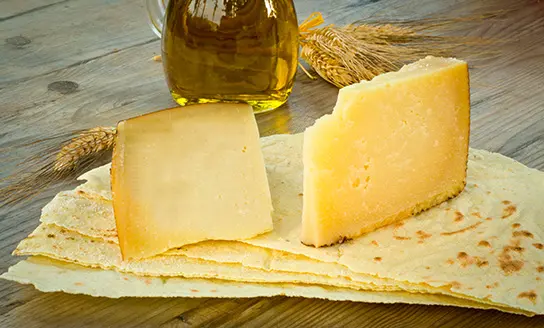
Starter: Pecorino sardo e pan carasau
Traditional Sardinian sheep’s cheese served with Sardinian flatbread, which is paper-thin and crispy.
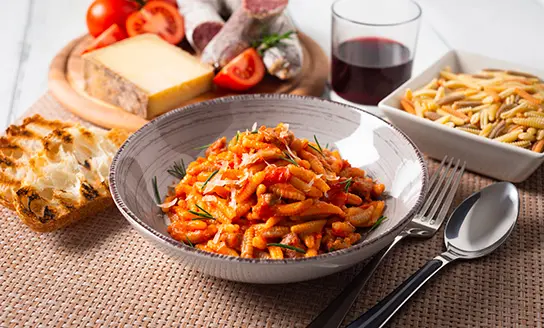
Main course: Malloreddus alla Campidanese
This dish features tiny gnocchi-style pasta (‘Malloreddus’) in a savoury sausage, tomato, and saffron sauce.

Second course: Porceddu
Classic Sardinian dish, served at parties or local festivities. It consists of an entire piglet, stuffed with meat and herbs, and then slow roasted.
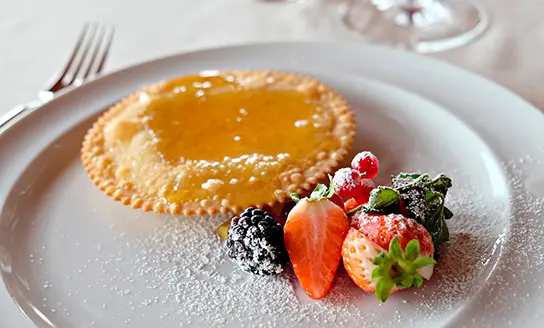
Dessert: Seadas
The quintessential Sardinian dessert: sweet pastries, filled with pecorino and lemon zest, which are then deep-fried and served with delicious honey on top.
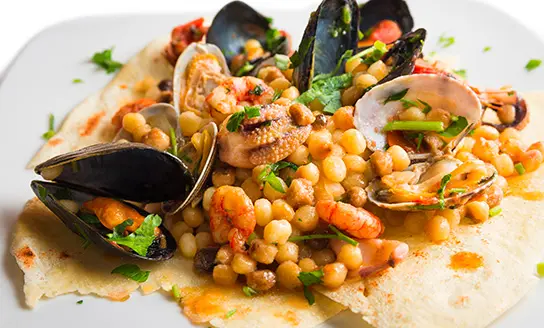
Main course: Fregula ai frutti di mare
Fregula is a pearl-shaped pasta very similar to North African couscous. It is served with mixed seafood and makes
Sardinian food reflects its long history and preserved ancient traditions. Its cuisine is unique due to influence from the many civilizations that once called this island home: Romans, Arabs and Spanish above all. Sardinia is home to one of the most prized sheep breeds in the world, whose milk is used to produce wonderful cheeses like Ricotta and Pecorino. Of course, the island has plentiful fish and seafood too. Among the most iconic delicacies is Bottarga: cured fish roe (normally of tuna or grey mullet) grated on pasta or sliced and served as a starter.
FAQS
What wine is Sardinia known for?
Sardinia is known for both red and white wines. Most particularly, its zesty Vermentino di Gallura and its full-bodied Cannonau di Sardegna, which represent Italian excellences.
What grapes are grown in Sardinia?
A few major grapes are grown in Sardinia. For whites wines, Vermentino and Vernaccia are the most commonly grown. For red wines, it's Cannonau and Carignano. Sardinia is rich in indigenous grape varieties, all of which have fascinating stories: some have always grown on this beautiful island, while others have been imported by many of the civilisations who once lived here (Spanish, French, Arabs above all).
What is distinctive about Sardinia wines?
The peculiar combination of climate, soil and indigenous grapes is what makes Sardinian wines extremely unique. Local wines are extremely representative of the island character: stubborn, wild and strongly bonded with their territory and traditions.
Which is the best time to visit Sardinia?
It all depends on the purpose of your trip. For oenophiles, the months of September and October are the best choice, as it is harvesting season and the temperatures are still mild. If you intend to visit the cities, April, May, or October are the best months to go as it is not too hot, while for the beachgoers, Sardinian summer starts around May and lasts all the way until September.
What is unique about Sardinia compared to other parts of Italy?
Sardinia offers visitors the best of both worlds. It has an amazing coastline filled with white sandy beaches and crystal clear waters. But, it also has a gorgeous countryside with dreamy rolling hills. The food is also incredibly unique, with dishes you will not find in mainland Italy.
Want to know it all?
Sardinia: region in a nutshell
Total vineyard area:
18,934 hectaresNumber of producers:
estimated between 10,000 and 20,000Total wine production per year:
466,000 hectolitresNumber of DOCGs:
1Number of DOCs:
17
Sardinia Wine History
Wine has been a pivotal part of Sardinian culture since ancient times. In 2004, local researchers found remains of vines that date back to 1200 B.C, long before the Roman empire. Vines used to be grown in every part of the island, from coastal areas to the innermost territories, thanks to a mild yet lovely climate.
Until a few decades ago, though, Sardinia used to produce anonymous white wines or over-powerful reds. These were wines that were hard to drink, provided with a high amount of alcohol. More recently, the great boom of tourism unleashed the potential of Sardinia’s economy, transforming its viticulture. Today, Sardinian wine has gained much respect for its native varieties and unique grape-growing conditions.
Sardinia Viticulture
Sardinia’s mild climate, accompanied by sea winds, sun exposure, and a great diversity of terrains, creates the perfect environment for winemaking. And, not just any wines: wines with exceptionally distinct flavours and aromatics. When it comes to grape growing, winds have an important role.
They create different microclimates suitable for vine development. Also, the island is characterised by the presence of a wide variety of soils, from the granitic rocks in the Gallura area to the impeccable soil diversity in the southern tip of the island.
Sardinia’s Top Wineries To Visit
Olianas
Located in the heart of Sarcidano, this bio-integrated winery grows a range of indigenous grapes, such as Vermentino, Cannonau and Bovale. You should definitely try their excellent rosé, a delicious blend of Vermentino and Cannonau.
Parpinello
This family business has vines grown on impressive soils, like calcareous and sandstone, leveraging over 50 years of experience in Sardinia. They offer a great selection of wines including all the local excellences: Vermentino and Torbato as whites, along Cannonau, Monica and Cagnulari as reds. Above all, their Vermentino DOC has won several prizes over the years, in national and international competitions.
Sardus Pater
This is not just a winery, but a cooperative founded in 1949, counting a total of 200 total members. It is located on the island of Sant'Antioco, where the most cultivated grape is the Carignano variety. Their bottles show a unique and ancient symbol, in the form of a Roman coin, which represents “Sardus Pater” (Father of the people of Sardinia). Among their award-winning wines, the Carignano Passito is the most unique and definitely a must-try
Best white wines from Sardinia
Vermentino
Excellent dry wines that have refreshing acidity, citrus and floral notes.
Vernaccia
Ancient variety that makes a delicious fortified wine - similar to Sherry - in the Oristano area.
Torbato
Crisp fresh white wines with striking minerality which pair fabulously with Sardinia’s seafood dishes.
Best red wines from Sardinia
Cannonau di Sardegna
The most famous Sardinian wine. A robust red that is a perfect companion to meat and cheese.
Carignano del Sulcis
Planted near the coast, these wines are full-bodied and intense with flavours of wild herbs
Cagnulari
A spicy red from the northern part of the island. Pairs wonderfully with Pecorino cheese.
